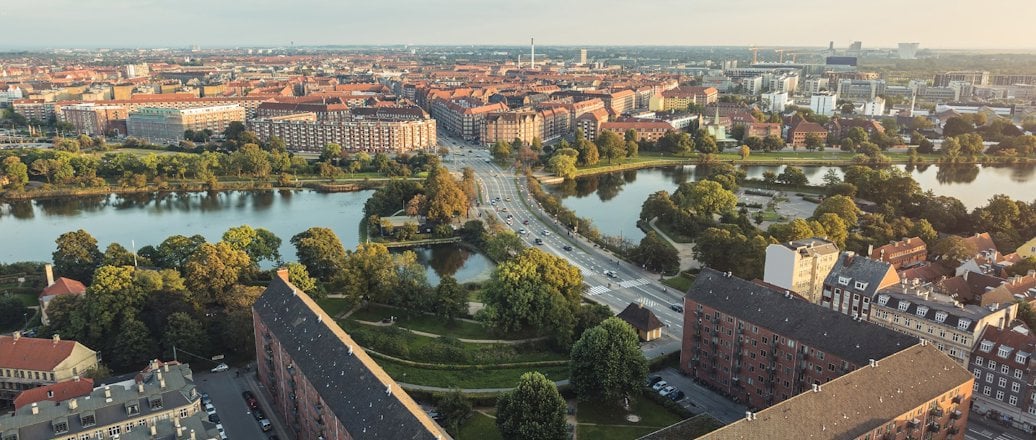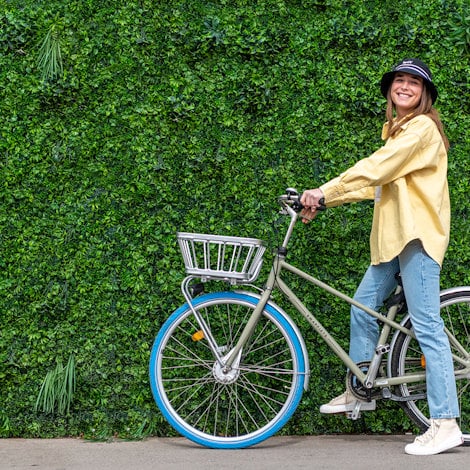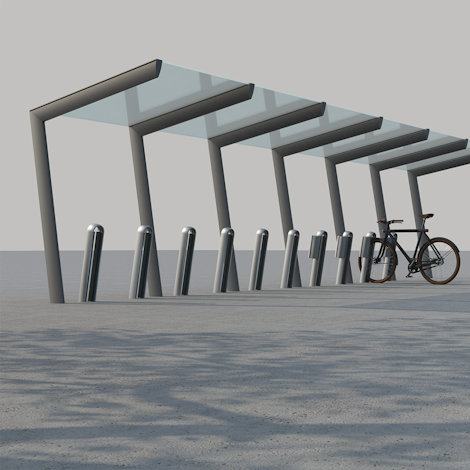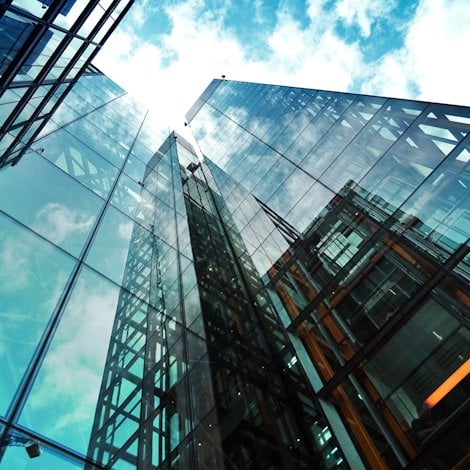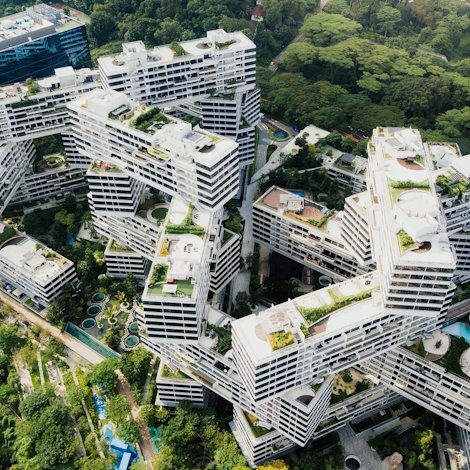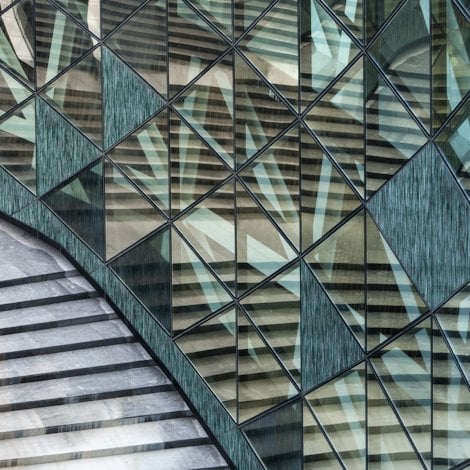Circular economy is turning cities into smart cities
A circular economy uses less raw materials in the supply chain, and that is good for society. Smart city planners can and should set circularity as a design brief with requirements for manufacturers.
Whether you are an urban planner or purchaser, or responsible for developing your city as a smart city, you should learn the basics about materials, design and manufacturing to understand what products are suitable for a circular economy.
The cradle-to-cradle design philosophy gives perspective on sustainable design and product development, based on recycled material.
Take one example: I work with aluminium light poles. These are already fully recyclable. They can be remelted, then reborn as new light poles. The metal’s inherent properties make it perfect for the circular economy.
The basis for the circular process lies in the use of high-quality aluminium and in the design of the product. We do this because it is right. But we also do this because we are asked to do so.
Cradle to Cradle for a circular economy
There is really no definition for the way we design. What we do, when we design light poles and accessories, is take care that all the materials we choose are healthy for human beings and nature and that they meet the Cradle to Cradle Certified® Program (C2C) guidelines. The program can be seen as the practical implementation of a circular economy. It challenges us to continually improve the design of our products.
We use the materials that are certified for new accessories, in cooperation with our suppliers.
We also further develop existing parts to eliminate materials. An example, with light poles, is the ground-level protector that used to be assembled by means of screws. Nowadays, the ground-level protector consists of a “click” connection, where screws are no longer necessary.
End-of-life phase at the beginning
We consider the final phase of the product – the end-of-life phase – right from the beginning. We make sure all the materials we use have been recycled, that the product parts will be easy to dismantle and separate, and that all the parts will be returned into the cycle. Otherwise, it is not a solution for the long term.
Moving forward to a circular economy is critical for the next industrial revolution that’s already underway. We need to change the way we make and consume things.
And again, local authorities and decision-makers in the market have a guiding role to play.
Circular process in the Netherlands
Some already have. Today, several cities in the Netherlands are replacing old light poles with new ones – made with the materials from old ones.
These cities return the old poles, including fittings and cabling, to the supplier, Hydro. Dismantling is done locally. Hydro then remelts the poles, extrudes the billets into tubes, and produces new light poles.
Residues that cannot be further processed are brought back into the chain by a waste specialist.
The Dutch cities Bussum, Heusden, Katwijk, Noordwijk, Noord Oost Polder, Ridderkerk, Texel and Tilburg seem to be satisfied with the way this circularity is working for them, and so are their residents.
Interested in learning more about C2C Certified® aluminium light poles? Contact us.
Cradle to Cradle Certified® is a registered trademark of the Cradle to Cradle Products Innovation Institute (C2CPII)

